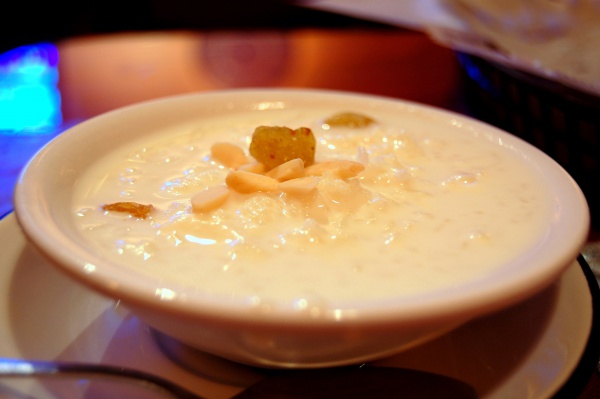Facts About Kheer
Kheer, also known as Payasam, is a cherished dessert from the Indian subcontinent. This luscious pudding is created by boiling milk and sugar with ingredients such as rice, broken wheat, millet, tapioca, vermicelli, or sweet corn. It is then enhanced with delightful flavors derived from desiccated coconut, cardamom, raisins, saffron, cashews, pistachios, almonds, and other dried fruits and nuts. Kheer is frequently savored during meals or as a dessert.
The name "Kheer" originates from the Sanskrit word for milk, "Ksheer." This dessert boasts a rich history, tracing its roots to ancient Indian texts like Ayurveda. It has been a mainstay in the Indian diet for centuries and holds significant cultural importance, especially as an offering in Hindu temples, particularly to Lord Shiva.
Kheer, or Payasam, varies by region across India. In South India, Payasam is a staple sweet dish for festivals and special occasions. In North India, particularly in Varanasi, Kheer is traditionally prepared with milk, rice, ghee, sugar, cardamom, dried fruits, and saffron. In East India, especially Odisha, a version known as Kheeri or Payas has been enjoyed for over 2,000 years, with its origins in Puri.
In Bengal, the dessert is referred to as Payesh and holds a special place in traditional Bengali cuisine. In Assam, it is known as Payoxh and often includes cherries, imparting a beautiful pink color. Other regions such as Bihar, Gujarat, and Kashmir offer their unique interpretations of this delightful pudding.
Throughout the Indian subcontinent, Payasam or Paysam is a festive delicacy, often prepared during celebrations and offered to deities as bhog or prasadam. Among Muslim communities, a similar dessert called Firni is relished, particularly during Ramadan and other festive occasions.

 China
China